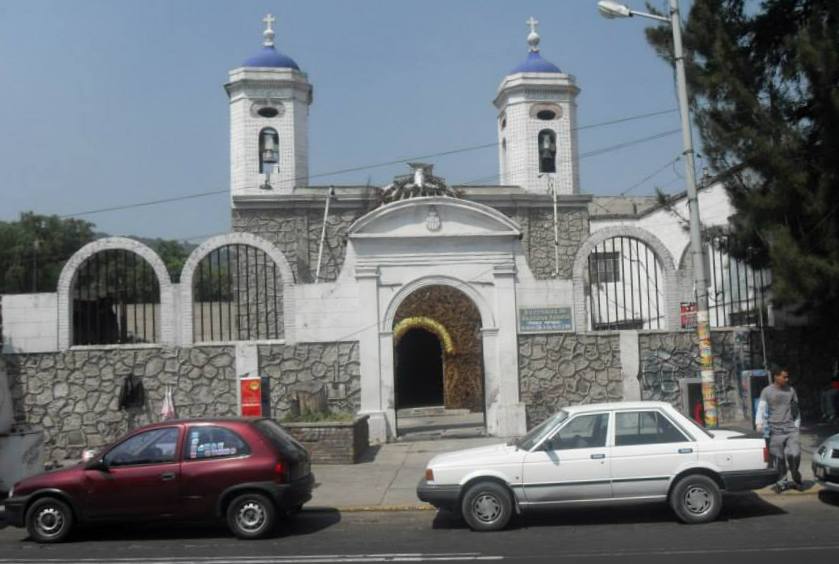
Santiago Atzacoalco is one of the important original settlements of today’s Gustavo A. Madero. With strong roots in the ancient period, one can make an instant connection to the parish of Sebastian Atzacoalco in the Historic Center. The two Atzacoalcos represent two ends of the northern section of the dike built in 1449 by Nezahualcoyotl under orders from Moctezuma I. The system worked to keep waters west of the dike fresh while brackish water was kept to the east.
The church we see today used to be the Parish of Santiago Apostle (facing west). It’s built on top of an ancient pyramid or ceremonial site. Facing east, back to back with the church is the Chapel of Señor de la Cañita. The much revered cane-paste figure is still in the chapel. A remodeling between 1958 and 1962 reoriented the church away from the atrium to the west. The newer façade now faces the avenida Centenario, the old Pachuca Highway.
The atrium is still the parish graveyard, although it has been closed to interments for some time. The main church, entered through the chapel today, is also home to an important historical depiction of Santiago Matamoros. There is also a portrait in oil of the Viceroy Archbishop Don Juan de Palafox y Mendoza. He is believed to have taken refuge here during a persecution of the Jesuits. He was Archbishop of Mexico from 1640−1642, and Viceroy for several months in 1642.
The town was earlier a dependency of Santiago Tlatelolco. At the end of the 18th century, it became subject to San Juan Tenochtitlan, that is, of Colonial Mexico City. With the establishment of the Villa de Guadalupe, it became subject to Guadalupe Tepeyac. Along with San Juan Ixhuatepec, San Pedro Zacatenco, Santa Isabel Tola, these made up the Villa de Guadalupe which was one of the most important precursors to the Alcaldía Gustavo A. Madero of today.
The church is most famous for its unusual atrial cross. Restored in the cemetery, it’s widely cited as a prime example of Tequitqui art, in that it shows indigenous technique attempting to fuse and depict distinct European influences and themes. The church is within easy walking distance of the Gabriel Hernandez Market.
 https://www.facebook.com/Antiguo-Pueblo-de-Santiago-Atzacoalco-400976063398827
https://www.facebook.com/Antiguo-Pueblo-de-Santiago-Atzacoalco-400976063398827
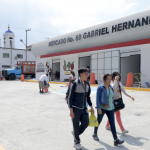
Nearest at 0.06 kms.
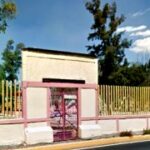
Nearest at 0.65 kms.
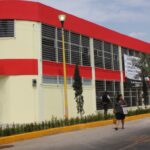
Nearest at 1.05 kms.

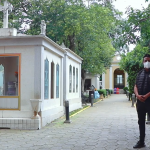
One of the most haunted places in the Center of Tlalpan . . .
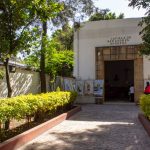
One of Azcapotzalco's nearly lost original settlements . . .
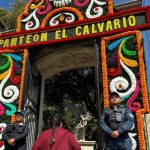
A remarkably well-tended public cemetery in San Pedro Cuajimalpa . . .
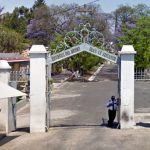
Mexico City's "most beautiful" cemetery along the Piedad River . . .